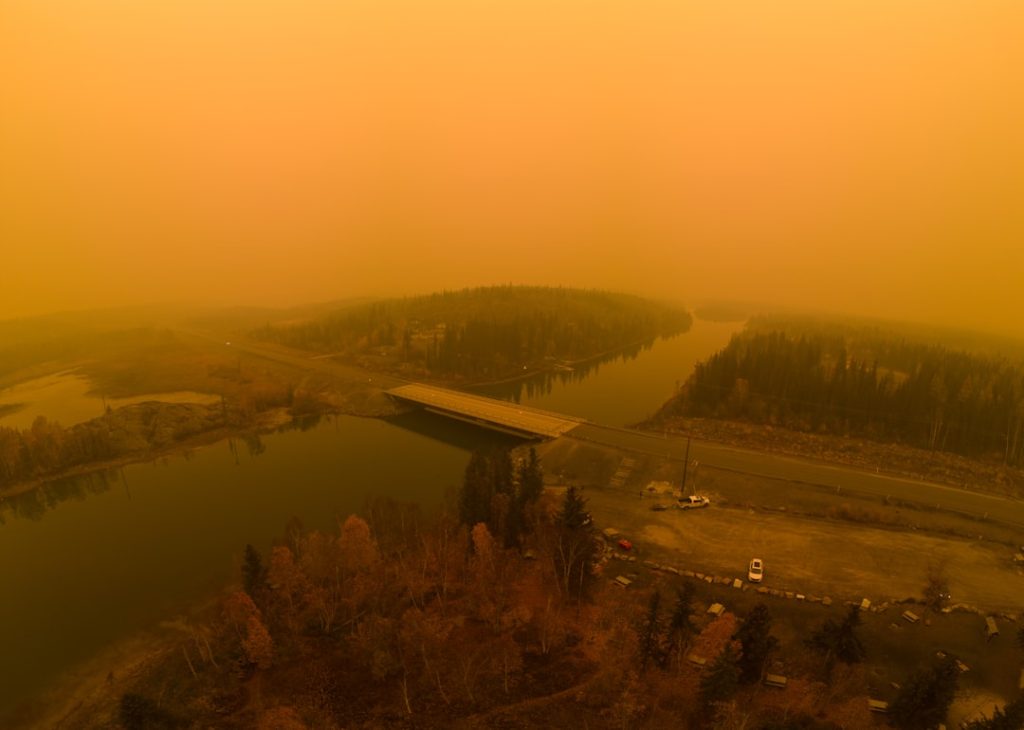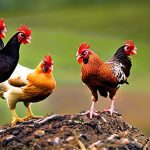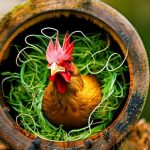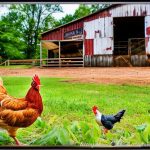Raising chickens in northern climates presents distinct challenges compared to milder regions. The harsh conditions, including severe cold, prolonged winters, and abbreviated growing seasons, can complicate chicken husbandry. Nevertheless, successful chicken-keeping in these environments is achievable with proper planning, knowledge, and techniques.
This article examines the key factors to consider when maintaining chickens in northern areas, addresses the specific challenges posed by extreme northern climates, and discusses effective strategies for overcoming these obstacles. Additionally, it explores the potential benefits of chicken-raising in these regions, providing a comprehensive overview of the subject for those interested in or currently engaged in northern chicken husbandry.
Table of Contents
- 1 Factors to Consider When Keeping Chickens in Northern Regions
- 2 The Northernmost Limit for Keeping Chickens
- 3 Challenges of Keeping Chickens in Extreme Northern Climates
- 4 Strategies for Keeping Chickens in Cold Northern Regions
- 5 Benefits of Keeping Chickens in Northern Climates
- 6 The Viability of Keeping Chickens in the Far North
- 7 FAQs
Key Takeaways
- Keeping chickens in northern climates requires special considerations due to the extreme weather conditions.
- Factors to consider when keeping chickens in northern regions include housing, feed, water, and predator protection.
- The northernmost limit for keeping chickens depends on the specific climate and the ability to provide adequate shelter and warmth.
- Challenges of keeping chickens in extreme northern climates include frostbite, frozen water, and limited daylight hours.
- Strategies for keeping chickens in cold northern regions include insulating coops, providing heat sources, and using cold-hardy chicken breeds.
- Benefits of keeping chickens in northern climates include fresh eggs, pest control, and a sustainable food source.
- In conclusion, with proper planning and care, keeping chickens in the far north is viable and rewarding.
Factors to Consider When Keeping Chickens in Northern Regions
When considering keeping chickens in northern regions, there are several important factors to take into account. First and foremost is the climate. Northern climates are characterized by long, cold winters with temperatures that can drop well below freezing for extended periods of time.
This means that adequate shelter and protection from the elements are essential for the health and well-being of the chickens. Additionally, the shorter growing season in these regions can impact the availability of fresh food for the chickens, making it necessary to plan and prepare for feeding them throughout the winter months. Another important factor to consider is the breed of chickens.
Some breeds are better suited to cold climates and are more cold-hardy than others. It is important to choose breeds that are well adapted to the specific challenges of northern climates. In addition to climate and breed considerations, it is also important to think about the availability of resources such as feed, water, and veterinary care.
In remote northern areas, these resources may be more limited and require careful planning and preparation. Furthermore, predators such as foxes, coyotes, and birds of prey can pose a significant threat to chickens in northern regions, so it is crucial to have effective predator-proofing measures in place. Finally, the logistical challenges of managing a chicken coop in a northern climate, such as snow removal and access to the coop during extreme weather, must also be taken into consideration.
The Northernmost Limit for Keeping Chickens
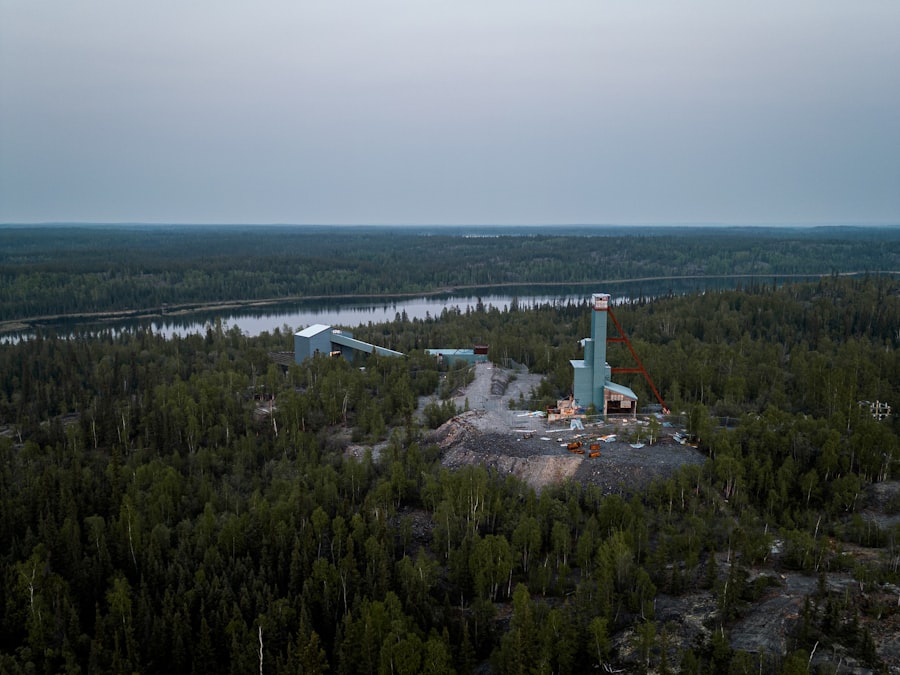
The northernmost limit for keeping chickens is largely determined by the severity of the climate and the availability of resources. In general, the extreme cold and limited access to fresh food and water in the far north make it very challenging to keep chickens. However, with careful planning and preparation, some dedicated individuals have successfully raised chickens in very northern regions such as Alaska and parts of Canada.
In these areas, specialized housing and heating systems are often necessary to protect the chickens from the harsh conditions. Additionally, alternative methods of providing food and water, such as growing fodder indoors or using heated waterers, may be required to ensure the chickens’ survival. While it is possible to keep chickens in these extreme northern climates, it requires a significant amount of dedication, resources, and knowledge.
For most people living in these regions, the challenges of keeping chickens at such high latitudes may outweigh the benefits. However, in slightly less extreme northern climates, such as those found in parts of Scandinavia and Russia, keeping chickens can be more feasible with the right preparations and strategies.
Challenges of Keeping Chickens in Extreme Northern Climates
Keeping chickens in extreme northern climates presents a unique set of challenges that must be carefully considered and addressed. One of the biggest challenges is providing adequate shelter and protection from the cold. In these regions, temperatures can plummet well below freezing for extended periods of time, posing a serious threat to the health and well-being of the chickens.
Specialized housing with insulation, heating systems, and proper ventilation is essential to keep the chickens warm and dry during the winter months. Another significant challenge is providing a consistent source of food and water throughout the long winter season. The shorter growing season in northern regions means that fresh food for the chickens may be scarce or non-existent for several months.
This requires careful planning and preparation to ensure that the chickens have enough food to sustain them through the winter. Additionally, ensuring access to unfrozen water can be a challenge in sub-zero temperatures. Predators are also a major concern when keeping chickens in extreme northern climates.
With fewer natural food sources available in these harsh environments, predators may be more likely to target chicken coops as a source of easy prey. Effective predator-proofing measures such as secure fencing, sturdy coop construction, and even the use of guard animals may be necessary to protect the chickens from harm.
Strategies for Keeping Chickens in Cold Northern Regions
Despite the challenges of keeping chickens in cold northern regions, there are several strategies that can help ensure the health and well-being of the birds. One key strategy is to choose cold-hardy chicken breeds that are well adapted to harsh climates. Breeds such as the Plymouth Rock, Orpington, and Wyandotte are known for their cold tolerance and ability to withstand freezing temperatures.
Proper housing is also crucial for keeping chickens in cold northern regions. Insulated coops with good ventilation and adequate heating are essential for protecting the birds from extreme cold. Adding extra bedding such as straw or wood shavings can help provide additional insulation and warmth during the winter months.
In terms of feeding and watering, it is important to plan ahead and stockpile enough food to last through the winter. Additionally, providing access to unfrozen water is critical for the health of the chickens. Heated waterers or frequent water changes may be necessary to prevent water from freezing in sub-zero temperatures.
Finally, effective predator-proofing measures are essential for keeping chickens safe in cold northern regions. This may include installing secure fencing, using motion-activated lights or sound devices to deter predators, or even employing guard animals such as dogs or geese to protect the flock.
Benefits of Keeping Chickens in Northern Climates

Despite the challenges, there are several benefits to keeping chickens in northern climates. One of the main benefits is the production of fresh eggs throughout the year. While it may require more effort and resources to keep chickens in these regions, having a consistent supply of fresh eggs can be a valuable resource, especially when access to fresh produce is limited during the winter months.
Additionally, raising chickens can provide a sense of self-sufficiency and sustainability in northern regions where access to food sources may be more limited. Chickens can help reduce food waste by consuming kitchen scraps and providing natural pest control in gardens during the short growing season. Furthermore, keeping chickens can be a rewarding and educational experience for individuals living in northern climates.
It provides an opportunity to connect with nature, learn about animal husbandry, and teach valuable skills to children about caring for animals and understanding where food comes from.
The Viability of Keeping Chickens in the Far North
In conclusion, while keeping chickens in extreme northern climates presents significant challenges, it is entirely possible with careful planning, preparation, and dedication. Factors such as climate, breed selection, resource availability, predator protection, and logistical considerations must all be carefully considered when raising chickens in these regions. With the right strategies in place, including proper housing, feeding and watering plans, predator-proofing measures, and choosing cold-hardy breeds, it is possible to successfully keep chickens in cold northern regions.
The benefits of having a sustainable source of fresh eggs, reducing food waste, and providing educational opportunities make keeping chickens a viable option for those living in these harsh environments. Ultimately, while keeping chickens in extreme northern climates may not be suitable for everyone, for those who are willing to put in the effort and resources required, it can be a rewarding and valuable endeavor that contributes to self-sufficiency and sustainability in these challenging environments.
If you’re wondering how far north people keep chickens, you may also be interested in learning about the ideal size for a chicken coop door. This article provides helpful information on ensuring your chicken coop door is the right size for your flock.
FAQs
How far north do people keep chickens?
People keep chickens as far north as the Arctic Circle, in places like Alaska, Canada, and Scandinavia. However, the specific breeds and management practices may vary in these colder climates.
What are the challenges of keeping chickens in northern regions?
Chickens in northern regions face challenges such as extreme cold temperatures, shorter daylight hours, and potential predators like foxes and birds of prey. Special care and attention to housing, feeding, and protection are necessary to keep chickens healthy in these conditions.
What are some cold-hardy chicken breeds suitable for northern climates?
Some cold-hardy chicken breeds suitable for northern climates include the Ameraucana, Orpington, Wyandotte, and Rhode Island Red. These breeds have characteristics that make them better suited for colder temperatures.
How do people keep chickens warm in northern climates?
People keep chickens warm in northern climates by providing insulated coops, using heat lamps or heated waterers, and ensuring proper ventilation to prevent moisture buildup. Some also use deep litter methods to provide additional insulation.
What do chickens eat in northern climates?
Chickens in northern climates eat a diet similar to those in other regions, consisting of commercial feed, kitchen scraps, and foraged insects and plants. However, in winter, when foraging is limited, supplemental feed may be necessary.
Meet Walter, the feathered-friend fanatic of Florida! Nestled in the sunshine state, Walter struts through life with his feathered companions, clucking his way to happiness. With a coop that’s fancier than a five-star hotel, he’s the Don Juan of the chicken world. When he’s not teaching his hens to do the cha-cha, you’ll find him in a heated debate with his prized rooster, Sir Clucks-a-Lot. Walter’s poultry passion is no yolk; he’s the sunny-side-up guy you never knew you needed in your flock of friends!

